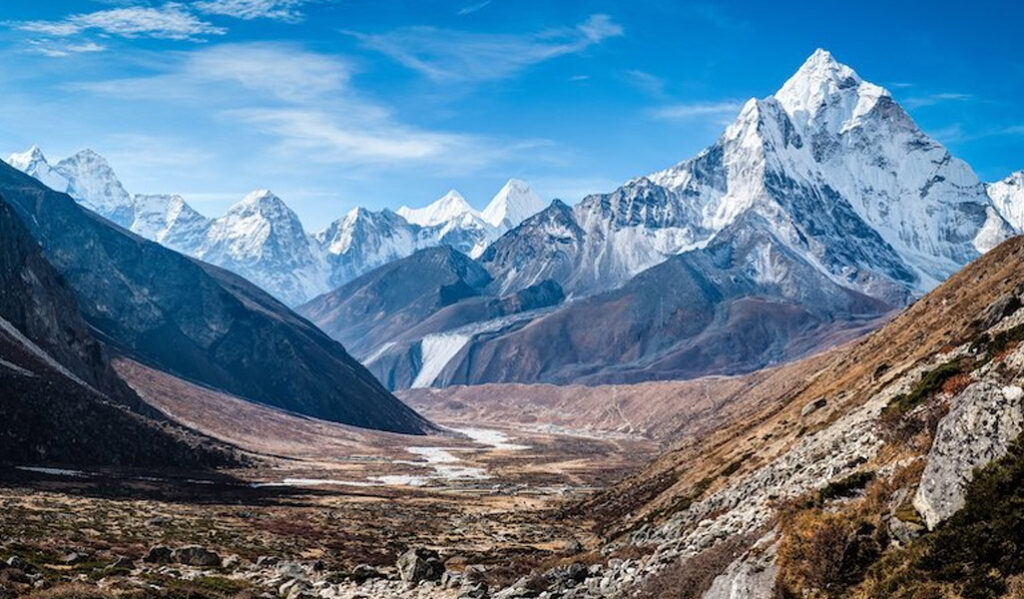Best seasons for the Har Ki Dun trek and an itinerary on the trek
Introduction
Adventure sports have become one of the most trendy ways of spending holidays in today’s era. This trekking is one of the most popular adventure activities that are famous in almost all of the country. Trekking gives people peace of mind and calms them from the stress and anxiety that they suffer from everyday life. Trekking allows you to spend some time in the lap of mother nature and get close to her.
Today I am going to tell you about the best season to go for the trek and will also provide an itinerary of the whole trek.
Seasons in which you should visit the Har Ki Dun trek:
The trekking of the Har Ki Dun Trek can be done approximately eight months out of the year which is one of its outstanding features.
Trekking is possible during the summer until late June beginning in the spring month of March. After June the trek is closed for almost three months during the time of monsoon.
The route of the trek again opens in September and remains open till the mid of January. The following section of the trail is heavily snow-covered, making it impossible to continue hiking until later in the spring.
During the pre-monsoon time:
Mid-March sees the start of the trip. You may still see patches of snow in the valley in March. most notably from Kalkatiyadhar to Devsu Thatch.
The spots of snow are remains of the previous winter. Due to the narrow valleys leading to Har Ki Dun and Ruinsara Valley, snow has fallen this late in the season.
The sparse meadows along the trail begin to turn brown and then green as the spring months of April and May approach. A lot of flowers blossom in the forests and meadows during the spring months of April and May.
During Post monsoon time:
The valley opens up once more to hikers in September.
Comparatively fewer people are on the route than in the spring and summer. The vistas are similarly breathtaking.
The time from September is one of the best times to visit this trek if you are a seeker of tranquillity.
You’ll see that the monsoons had made the valley a lush green by September. Additionally, the air is clearer, giving you a greater perspective of the surroundings.
Planning the trek of har Ki Dun:
Day-1:From Dehradun to Sankri which is the base point of the trek:
Sankri is a village in the Garhwal region that is 200km apart from Dehradun and is the base point for the Trek. Here, You can meet up with the guide and then spend the rest of the day at a guest house or shopping.
Day-2: From Sankri to Taluka and then Osla:
Taluka and Sankri are about 12 km apart and basically, jeeps are used for traveling this distance. Chestnut, walnut and chinar trees are all present in abundance throughout the trail. The Sun River is followed along the right bank of the journey from Taluka to Seema. Over streams, you’ll need to traverse wooden bridges, and there will be brief rises here and there.
Day-3: From Osla to Har Ki Dun:
A huge bridge over the Supin River will greet you after you cross Seema; cross it, then climb steeply until you get to a little bridge across a creek. The trekkers take around two hours to complete this part of the trek as it is an ascent. The trekking route can be seen for the next 4 km as it gradually climbs to the left top across a big area of a lush green meadow.
The environment will change and the terrain will become easier after you reach Kalkati Dhar. The path opens up and Hata Peak is soon in view. At the base of Hata Peak is where you’ll find Har ki Dun. At Har ki Dun, there is a lovely camping area with a peaceful creek flowing through it.
Day-4: From Har Ki Dun to Jaundhar Glacier and then from Maninda Tal to Har Ki Dun:
View the sun rising from behind Swargarohini Peak when you wake up. You can choose to laze around and unwind in Har ki Dun or go on one of the two adjacent climbs, Maninda Tal or Jaundhar Glacier.
Day-5: From Har Ki Dun to Osla:
Return along the same route and stop in at the remote yet culturally significant settlement of Osla. On the other side of Seema is where Osla Village is situated. Talk to the locals, then hike back to Seema around lunchtime. Stay the night in Osla or Seema.
Day-6: From Osla Back to Taluka and then to Sankri:
Today you will trek back to Taluka from Osla and then drive to Sankri from Taluka. You will be staying in a guest house or hostel for the night at Sankri.
Day-7: Departure from Sankri:
Today is the end of the trip and you will be heading back from Sankri to Dehradun from where you can go back or visit the nearby places.



